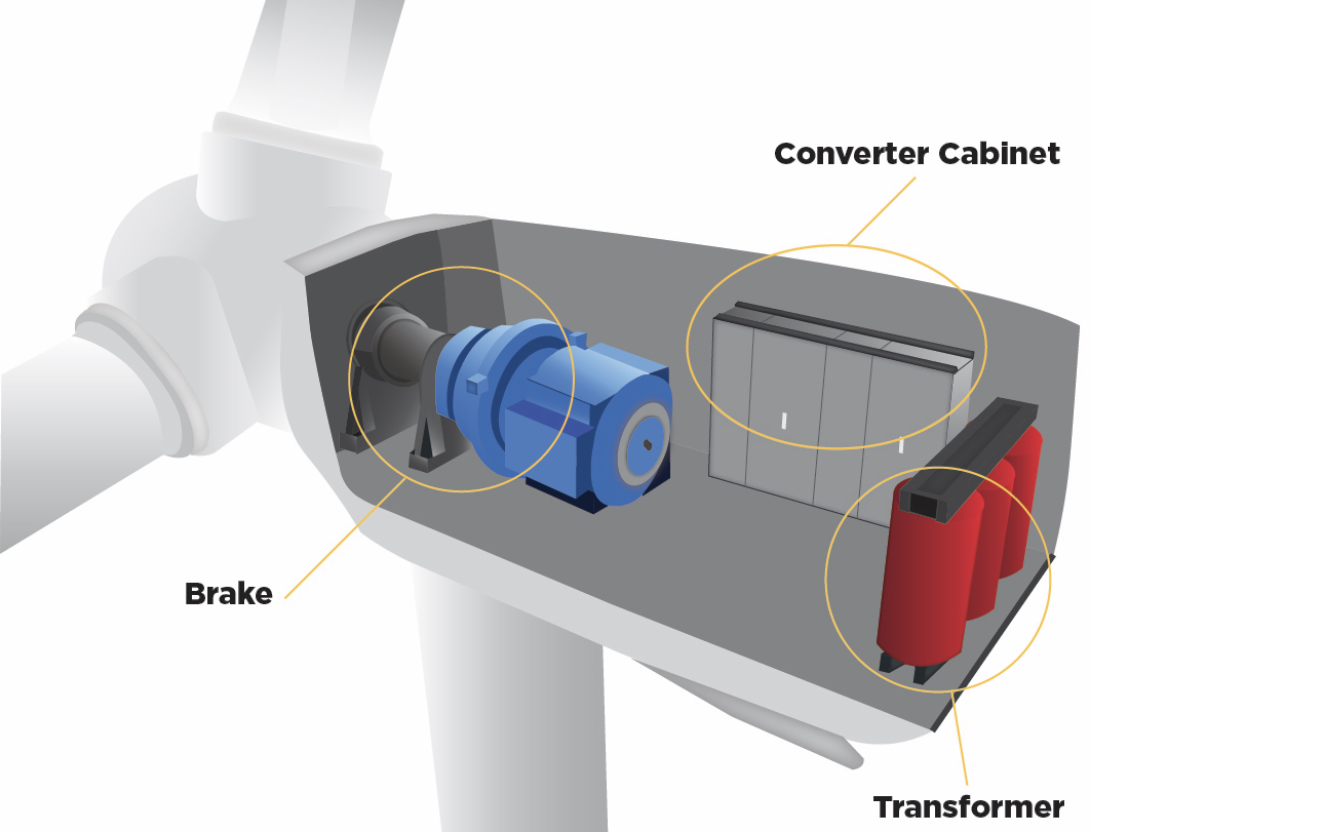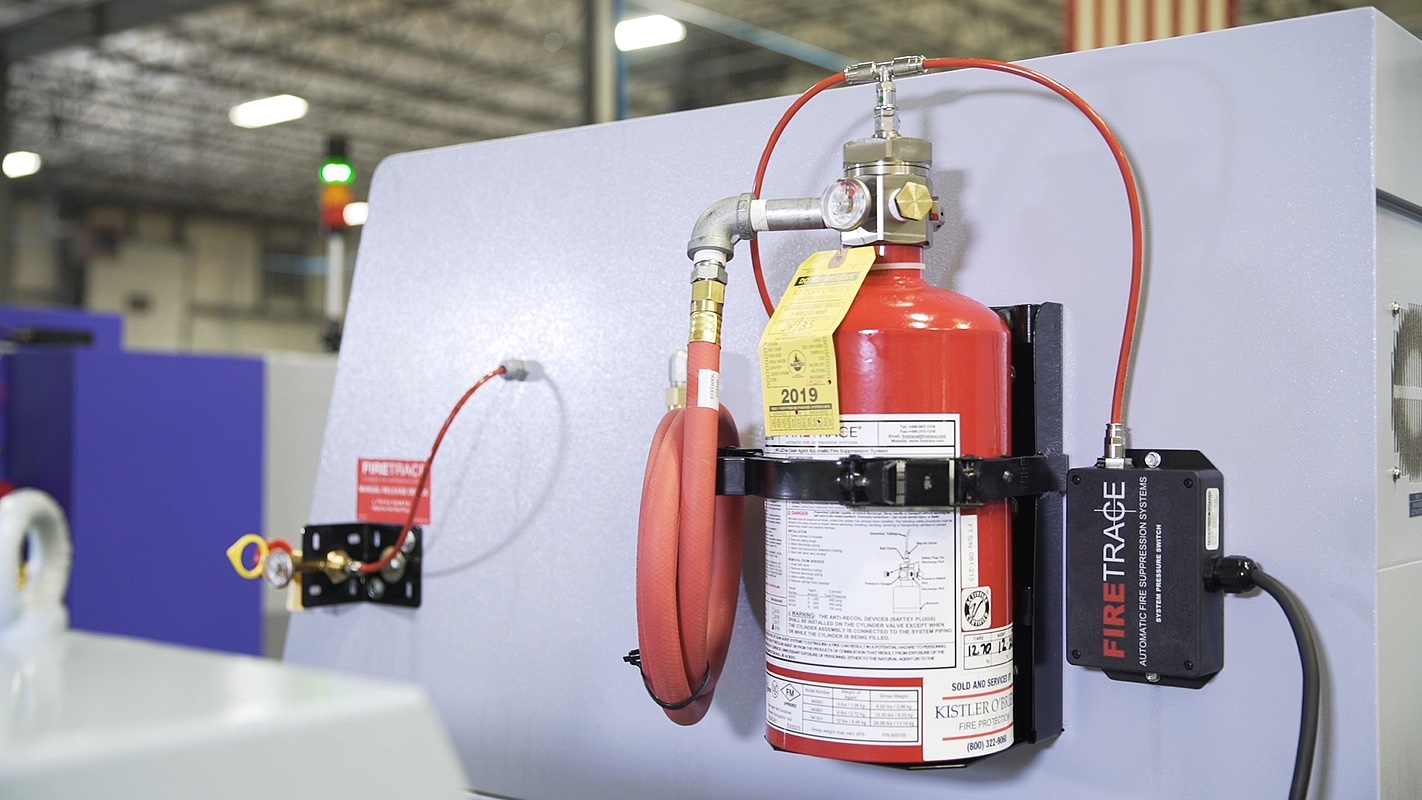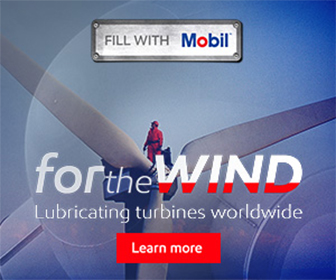Covering Your Assets: Transforming project data into solar gold
The Inflation Reduction Act (IRA) is expected to lead to the development of up to 550GW of new clean power by the end of the decade – yet, there are fears that the wind and solar industries will not take sufficient steps to properly protect these new assets from fire.
A preliminary assessment by American Clean Power (ACP) concluded that the IRA would create somewhere in the region of 525 to 550 gigawatts of new clean power by 2030. Should this target be achieved, it would mean that solar, wind, and energy storage would account for approximately 40 percent of US electricity by the end of the decade.
It's difficult to underestimate the dramatic impact the act will have on the renewables landscape in the US. ACP has referred to the IRA as the “single largest investment in renewable power in the history of this country, and the largest investment in climate action to date”.
What the IRA Means
From a developer’s perspective, a key aspect of the new legislation is the extension of the investment tax credit (ITC) and production tax credit (PTC) for clean energy projects until 2024. From that date on, these will transition to a technology-neutral tax credit, which will remain in force until 2032, or when electric-sector emissions fall to 75 percent of 2022 levels, whichever is later.
From the perspective of wind, before the enactment of the Inflation Reduction Act, the Section 45 production tax credit (PTC) for wind projects was available only to facilities that began construction before January 1, 2022. The IRA extends the Section 45 PTC to wind projects that begin construction before the end of 2024.
By how much will installations increase?
The expectation is that the introduction of the IRA will mean that deployments of renewables in the US will rocket to more than three times their current levels. The ACP said: “With stable policies in place, we expect annual wind, solar, and energy storage capacity installations to grow to over 90 GW by the end of the decade, more than tripling the 28 GW installed in 2021.”

The risk of fire
With US renewables deployment set to soar, it’s crucial that steps are taken to protect new wind, solar and energy storage assets from fire. In the race to advance renewables projects, speed could come at the expense of safety. There is evidence to suggest that the renewables industries are failing to conduct effective fire risk assessments. Even more concerning is the likelihood that they may be significantly underestimating the problem.
To take the example of the wind industry – companies operating in the sector are under no obligation to conduct a fire risk assessment. (According to research by the UK’s BRE National Solar Centre, it would appear that solar farm fires are also underreported; as a result, the risk is underestimated).

Industries must act now to tackle fire risk
Taking steps to address fire risk at wind and solar farms will provide numerous benefits. They include:
● On site personnel will be provided with more protection
● Wind and solar assets will be better protected and less likely to suffer damage
● There will be a financial benefit with a reduction of costs related to the repair and replacement of damaged wind turbines and critical solar farm components - replacing an individual turbine damaged by fire is becoming increasingly expensive, costing up to $9 million, and there could be 12-18 months of expected revenue loss and down time while replacement parts are being sourced.
● Better protection against fire has the potential to reduce insurance costs – it is possible that insurers could adjust rates if renewables installations include fire suppression measures. For example:
o The risk of wildfires breaking out in the surrounding area will be reduced.
o You will be taking steps that will help protect the reputation of your company, as well as the wider renewables industry.
Fires at wind and solar farms pose a significant danger to life, and could potentially cause millions of dollars of damage. Despite these major risks, the renewables industry has been worryingly slow in responding to this issue. It is crucial to take steps today to understand the level of fire risk at your wind or solar farm, before it is too late.
Ross Paznokas is the Global Business Development Manager – Clean Energy for Firetrace International, a global organization supporting renewable energy with suppression systems custom built for each client’s unique application.
Firetrace | www.firetrace.com
Author: Ross Paznokas
Volume: 2023 January/February









